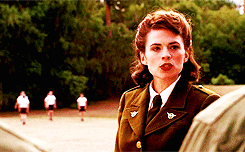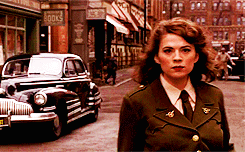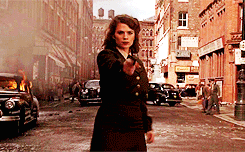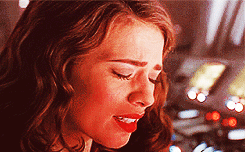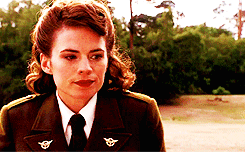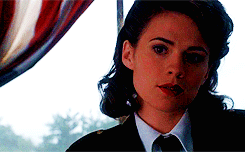In Britain, make-up might have been hard to find, but it was worn with pride and became a symbol of
In Britain, make-up might have been hard to find, but it was worn with pride and became a symbol of the will to win. ‘Put your best face forward,’ encouraged a 1942 Yadley advertisement in Churchillian tones. ‘War, Woman and Lipstick’ ran a celebrated Tangee campaign. Bright red was the favourite wartime colur for lips and nails and lipstick names were often patriotic: Louis Phillippe’s Patriotic Red; Fighting Red by Tussy and Grenadier - The new Military red created by Tattoo, effective with air force blue and khaki. During wartime, a subtle change had taken place in the marketing and the perception of make-up. It was no longer about making a woman seem ‘dainty’, but making her look and feel strong. Rosie the Riveter became a wartime icon in the USA, representing the six million women working in factories for the war effort. [Rockwell] portrayed Rosie as a vast figure in work dungarees, her short sleeves revealing arms the size of prize-winning hams. Behind her hangs the stars and stripes, squashed carelessly under her feet is a copy of Adolf Hitler’s Mein Kampf, and on her mighty lap rests a lunch box and a huge riveting machine like an enormous gun. [Her] henna red curls, lipsticked mouth and painted finger nails stress her femininity, emphasising the fact that make-up too was a weapon of war [Madeleine Marsh, Compact and Cosmetics: Beauty from the Victorian Times to the Present Day] -- source link
#make up#history#peggy
